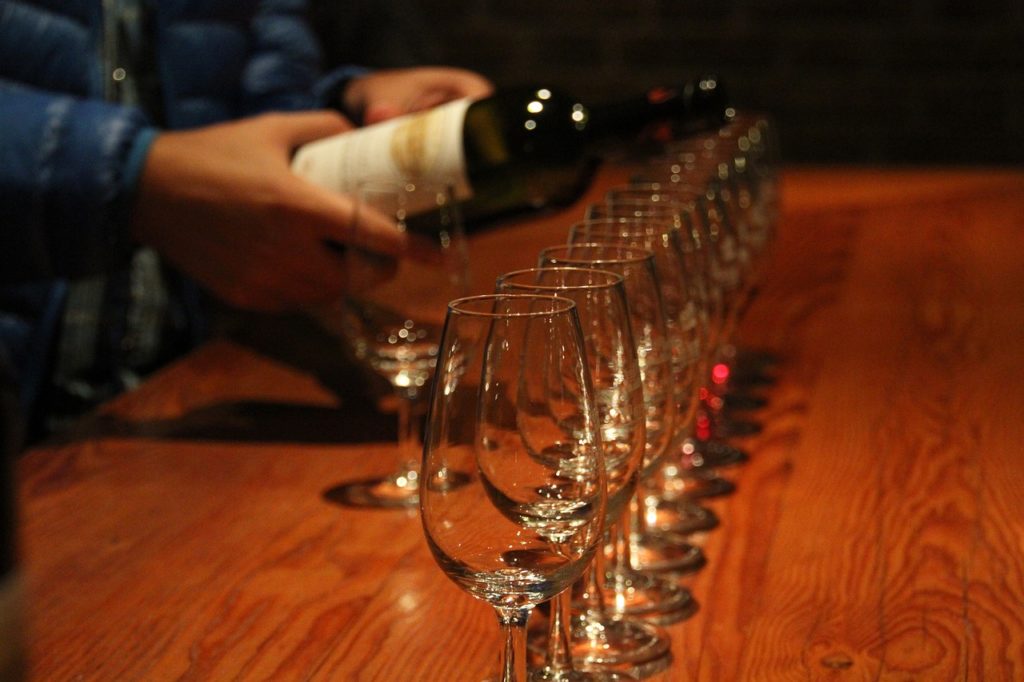May 24, 1976. A red-letter day in the history of wine-making. Known as The Judgment of Paris, it marked a renaissance for wine lovers across the world. Most wine connoisseurs feel that the Judgment of Paris has made the wines of the world better. Here we have tried to recapture the tasting that revolutionized the winemaking business globally.
Blind Tasting
The wine-growing business was fairly monopolized by the French forty years ago. Understandably, when a blind tasting was organized between the premium French wines and the unheard wines of California wines the press and paparazzi were a no-show. That is, except for George Taber of the Time Magazine Paris, who qualifies as press, not paparazzi. Even though he, like everyone else, refused to believe that there could be the possibility of another outcome, Taber attended the event purely as a favor to the event organizers. Little did the former Time Magazine journalist know that the results would give him the story of a lifetime. In this blind tasting the judges had to rate wines out of a score of 20 points.
The wine world was left shocked as the blind tasting gave surprising results. The Californian wines had defeated their French counterparts in both red and white categories. This not only placed the Californian wines on the world map but also motivated generations of winemakers all over the world. The French were no longer invincible.
The Turning Point
The myth-breaking blind taste test was organized by Steven Spurrier, a French wine merchant of British origin. He and a panel of judges tasted 20 white and red wines in a blind tasting where they didn’t know which wine they were tasting. The results catapulted the Napa Valley onto the world wine map overnight. The cabernet sauvignon (1973) from Stag’s Leap Wine Cellars and the chardonnay from Chateau Montelena (1973) were the winners. The Judgment of Paris is also considered a turning point in history as it made winemakers all over the globe believe that they could produce wines to compete with the masters of the wine world. Although it was the American wines that beat their French counterparts, new vineyards sprung up in different continents and countries as a result of this victory. Interestingly, it also brought the winemakers closer to each other. While each region and vineyard still have their unique taste and flavor, the world of winemakers is more closely knit than ever.

A similar tasting had taken place six months earlier in New York City. Here too the American Chardonnay’s had defeated their French rivals. However, the French winemakers had insisted that the results should not be taken into consideration as the French wines had to travel all the way to America and the long trip could have led to their mistreatment.
30th Anniversary Results
In 2006, on the occasion of the 30th Anniversary of the infamous wine tasting competition, another competition was organized by Steven Spurrier. Both the Californians and the French felt they had too much to lose if they did poorly. So, the new French wines were tasted against each other and likewise the Californians. One person felt the French made a mistake because he felt these French wines were superior because the Californians had gone to bigger fruit, bigger oak and more tannin. The French wines were more sublte. However, there was a blind tasting as part of it. The French had said that the California wines were built for immediate drinking but wouldn’t age well. So, they got bottles of the exact same wines from 30 years ago. Reds only since the whites don’t last that long. When they did a blind tasting of these wines with 30 years of aging, the results were even more stark. Once again, the results proved that the American wines had won over their French counterparts. Out of the ten positions, the US had dominated, taking the top 5 positions. It further cemented the fact that great wines could be made outside of France as well.